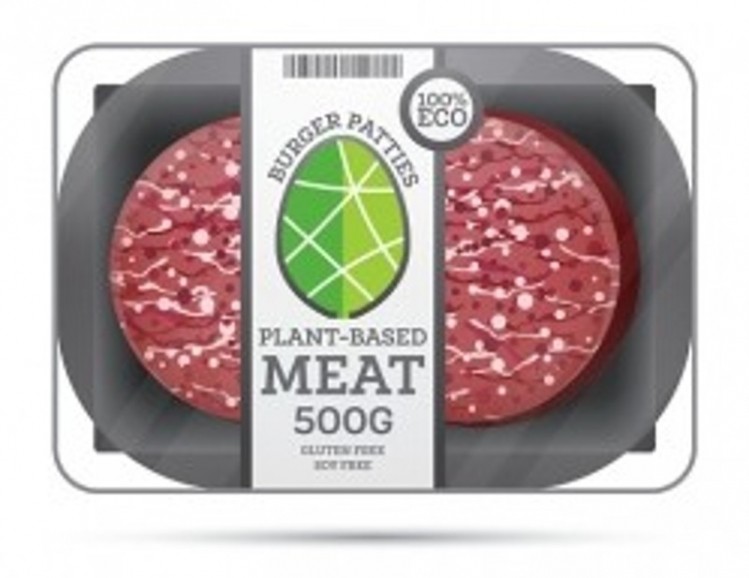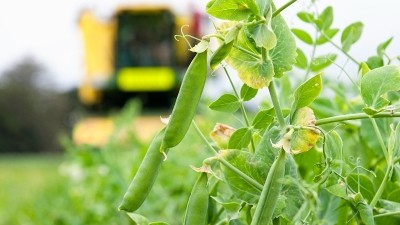Beyond the ‘obsession’: Are alternative proteins truly the best path to a sustainable food supply?

Alternative protein has been one of the biggest trends to hit the food and beverage sector in the past few years, with many strongly believing that it represents the end-solution to creating a sustainable food supply to feed an estimated 10 billion global population by 2050.
But despite its rapid growth and the keen interest both big brands and emerging start-ups have taken in this sector, experts are questioning the veracity and practicality of focusing too much on this to the detriment of developing other potential solutions.
“There is a clear overemphasis on protein [when] today the evidence clearly shows there is no global ‘protein gap,” food systems expert and author of International Panel of Experts on Sustainable Food Systems (IPES-Food) report Politics of Protein Professor Phil Howard said.
“Protein is only one of many nutrients missing in malnutritious or lacking diets [and in these cases] poverty and access to nutrition are the main issues but debates consistently remain protein-centric, [with this] ‘protein obsession’ shaping political agendas, scientific research, media coverage, farming assessments and more.
“But these solutions are not [a] silver bullet to fix our damaging industrial food system, just like electric cars won’t fix climate change – we need to change the system [to truly achieve results] – not the product.”
Howard also criticised this overemphasis as an increased risk to the livelihoods of many poorer population segments who need the income and tend to be the ones affected by malnutrition and poverty.
“Studies often compare alternative proteins against [a single] livestock system based on greenhouse gas emissions and such terms, [or show] plant-based diets as an option that can be universally adopted in place of meat-based diets,” he added.
“This is despite the huge differences in impacts depending on how crops are grown and processed [and ignores] how in many farming communities animals play multiple important economic and cultural roles.
“There is also significant failure to differentiate [the value of meat] between different geographical regions, as for so long this has been a source of high-quality bioavailable protein and micronutrients for many populations around the world [so the] more protein, less meat idea is out of sync with their realities due to food insecurity and livelihoods.”
This opinion was seconded by Indian food policy analyst Devinder Sharma, who highlighted to us that many new-age alternative protein firms such as those making cultivated meat are benefitting from existing GHG concerns coming out of the traditional animal industry.
“Livestock cannot considered solely as meat [and nothing else] as it has played many roles over many generations,” he stated.
‘The world’s main environmental sustainability issue lies with these GHG emissions, but the industry is again turning to technology-driven solutions [as opposed] to taming down the existing issues in existing systems.”
Stanford University Centre on Food Security and the Environment Director and environmental researcher David Lobell added that there is no doubt a lot of good intentions are present within the alternative protein industry with regard to ensuring a sustainable food supply – but there are other factors to consider as well.
“Sometimes the narrative can get carried away - I think alternative proteins can make a meaningful contribution to reducing climate change, but it will likely be a very slow process in terms of global protein supply,” he said in a statement to Stanford News.
“Even very optimistic models project something like 5% of protein supply in 2030 coming from these technologies [so] it won’t be fast enough to come close to solving the food emissions problem by itself.
“In general, all the bashing of cattle and ranching is counterproductive [as it] misses the key role ruminants have played in nutrition and livelihoods, and it’s only recently that animal producers have known the climate harms of their activities [unlike] the fossil fuel industry.
“Bashing beef is often a clever way for fossil fuel interests to distract from the energy system - It makes climate emissions seem like a personal choice rather than a systemic policy failure.”
Overcoming power imbalances
Instead of focusing solely on protein, the idea is that more attention needs to be given to larger-scale transformation strategies – and this will require a more balanced aggregation of current resources in the industry, which is no easy task.
“These misleading claims are preventing more transformative pathways from shining through, [for instance] a focus on sustainable food system transitions and not just a protein transition,” Prof Howard added.
“Another big issue standing in the way of this is power imbalances, which create an environment where misleading claims and silver bullet solutions can be pushed and used to set the agenda – these must be addressed to redistribute power and redress the balance.
“To do this, a clear set of parameters is needed to assess technologies and realign innovation pathways with the public good, which is unlikely to be met by channelling public monies into alternative proteins [as] doing so risks giving protein firms greater power to set the terms of debate.
“Public resources must be reclaimed from ‘Big Protein’ [through] new approaches to antitrust and competition law and targeting the practices of a limited number of dominant protein firms could have major ripple effects from there.”





















